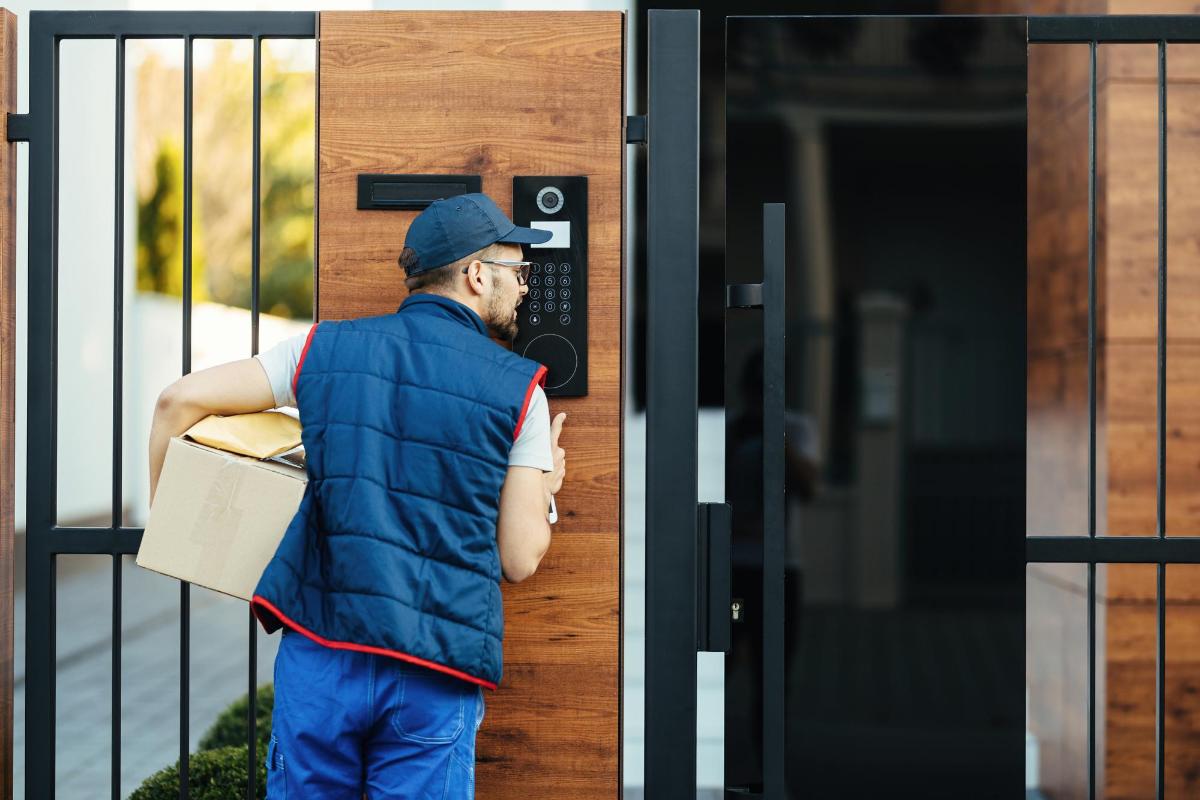Best Practices for Access Control

Appropriate security demands more than having the correct set of tools – you also need to operate them the right way. For example, it doesn't matter if you have indestructible encryption if the user maintains their password as "password." The same can be said for access control. If your gated neighborhood, apartment complex, or office building uses access control to control how people get in, you'll want to make it as painless as possible for your tenants and workers to use best practices and maintain the area's safety.
Limit liberties based on need
This is one of the most critical points for engaging effective access control that gets looked over too frequently – not everybody needs to hold all of the rights. The way most leaders manage this is to give each individual the lowest access required and nothing better. For instance, if your gated community has numerous developments in the property with its own gates, residents should only have access to their sub-development. In an office, maybe your marketing department doesn't need entry to accounting and vice versa. It is invariably easier to add more rights than to cancel them.
Maintain an up-to-date access control list
Delivering top-notch access control is quickly undermined by not keeping your authorized access list up to date. For example, as soon as a worker leaves the business or a resident moves out, you should take them off the authorized list. If management is not proactively observing this, it is easy for the index to get out of control.
Alternate access codes
If your gated neighborhood uses a 4-digit code for residents and guests, do you understand how many people know that code at the end of the month or the end of the year? How often you modify the code will hinge on your community's size and whether you can construct unique codes for each guest. Many neighborhoods and office facilities are moving away from codes in favor of resolutions like RFID and smartphone entry.
Maintain a secure guest log
When somebody opens your gate or accesses the facility, do you know who it was and when they came? If you're employing a generic visitor code, it's impossible to know who actually utilized the code without checking security footage. Maintaining a secure guest log demands having the proper procedures in place to be able to capture the required information. If your facility or community doesn't employ RFID or smartphone access, you will want to provide each resident or worker a unique guest code to share so you can somewhat track the usage. Nevertheless, it's better to use a system that can generate different IDs for each guest.
Balance safety and convenience
Despite the recent technological advances, there is a core fact about security that cannot be innovated around – the safer an area is, the less convenient it will be to access. Think about the most intense example. A room with no entrances or windows is the securest possible, but it is rather inconvenient. Each layer of protection you add to access control is another layer standing in the way of convenience, so it is vital to find a proper balance between the two that fits for your demands.
These are a few best practices for access control for your neighborhood or office to consider. Contact us today for security gate software solutions. We are here to keep your community safe.